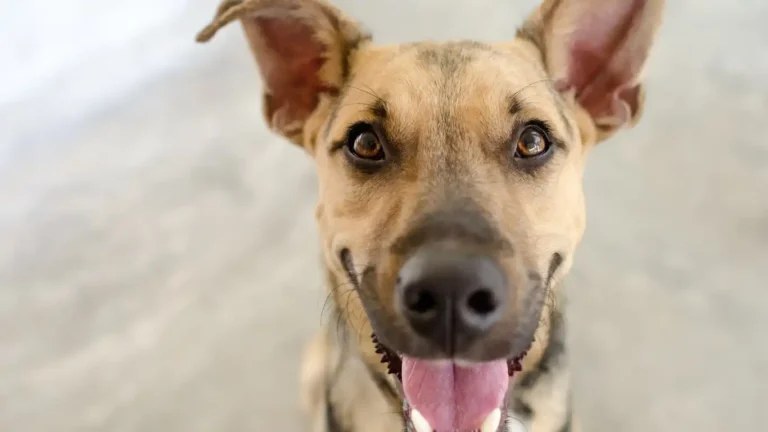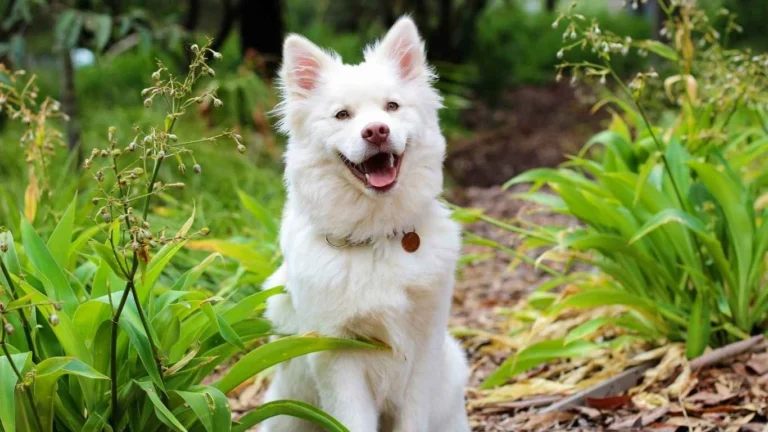Can Dogs Eat Peanut Butter Safely? Discover the Truth About Your Pet’s Health
If you’ve ever looked at your dog and wondered, “Can dogs eat peanut butter safely?” you’re definitely not alone! As an Animal Care Specialist, I’ve seen a lot of questions about human foods and their impact on pets, and peanut butter is one of those foods that frequently pops up. It seems harmless enough, especially when you see dogs enjoying it in viral videos or tucked into tasty dog treats. But, just because something is safe for humans doesn’t always mean it’s safe for our furry friends. In this post, I’ll walk you through everything you need to know about whether dogs can eat peanut butter and if it’s a treat that should be included in their diet.
Before we get into the specifics, let’s talk about my own experience working with dogs in clinics and shelters. Over the years, I’ve seen both the good and the not-so-good effects of various treats and foods on dogs, and peanut butter definitely falls into the “good” category—*when given correctly*. So, grab a cup of coffee and let’s dive in!
Can Dogs Eat Peanut Butter Safely? What You Need to Know
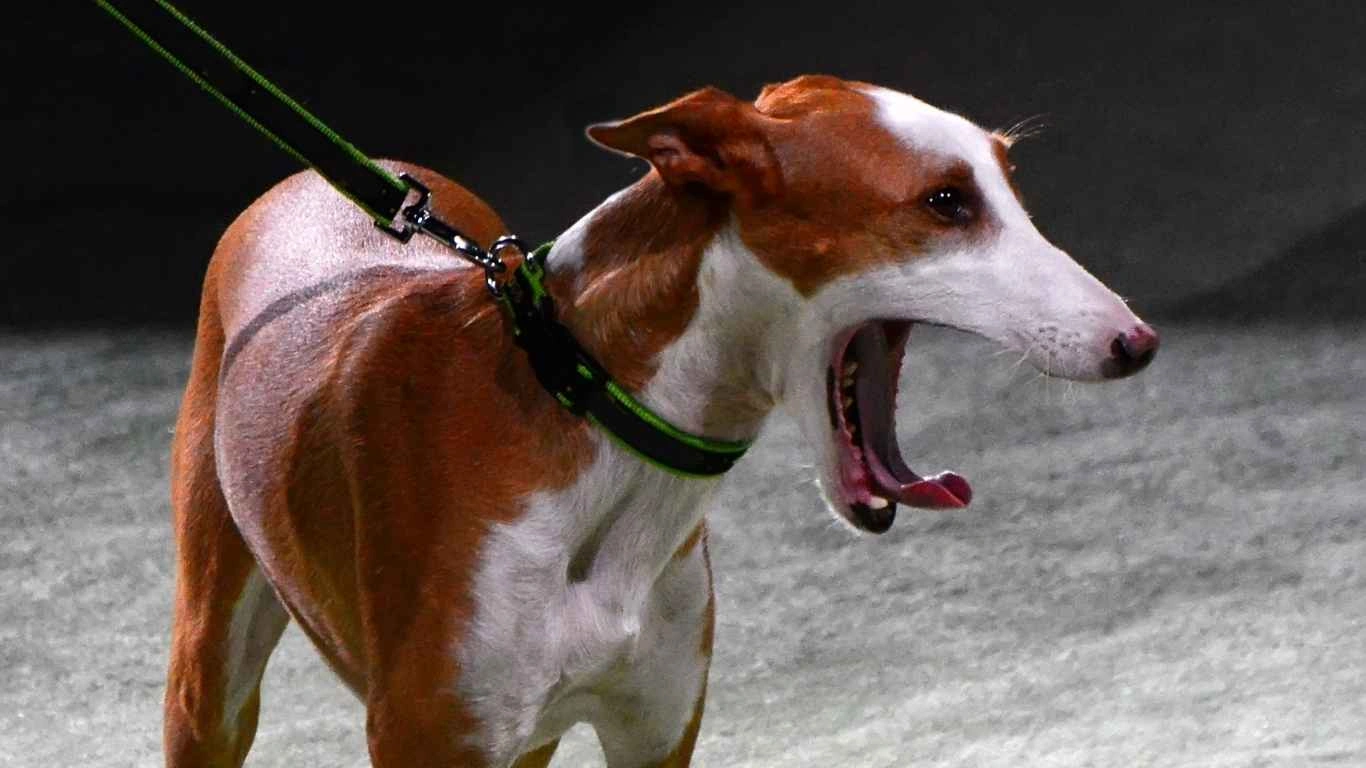
The short answer to this question is: yes, dogs can eat peanut butter safely! But, of course, there are some important guidelines and potential risks to keep in mind before you start offering this tasty snack to your dog. Peanut butter is a popular choice for dog owners because it’s not only a source of protein, but it also contains healthy fats that can be beneficial for dogs in moderation. However, there are some factors that you should be aware of to ensure that peanut butter doesn’t pose a risk to your pet’s health.
What Makes Peanut Butter a Good Treat for Dogs?

When it comes to choosing dog-friendly treats, peanut butter has a few characteristics that make it stand out. First of all, it’s a tasty option that most dogs absolutely *love*. Whether it’s smeared inside a chew toy, spread on top of their food, or simply enjoyed straight from the spoon, peanut butter is a great way to add some variety to your dog’s snack time.
- High in Protein: Peanut butter is a good source of protein, which is essential for your dog’s muscle and tissue growth. Protein is especially important for active dogs or dogs in need of weight gain.
- Rich in Healthy Fats: The healthy fats found in peanut butter can support your dog’s skin and coat health, making it a great addition to their diet in moderation.
- Contains Vitamins & Minerals: Peanut butter contains important vitamins such as Vitamin E, B vitamins, and niacin, along with essential minerals like magnesium and phosphorus. These can contribute to your dog’s overall health when given in the right amounts.
What Are the Risks of Giving Peanut Butter to Dogs?
While peanut butter can be a delicious and nutritious treat for your dog, there are a few risks to consider before you share it with them.
1. Xylitol: A Hidden Danger
One of the biggest concerns when it comes to peanut butter is the presence of xylitol, an artificial sweetener that is highly toxic to dogs. While xylitol is safe for humans, even a small amount can cause dangerous drops in blood sugar levels in dogs, leading to symptoms like vomiting, lethargy, loss of coordination, and in severe cases, liver failure. Always check the ingredients list before feeding your dog peanut butter. Look for varieties that are free of xylitol, and stick to brands that use only natural sweeteners like honey or simply the peanuts themselves.
2. High in Calories
Another consideration is the calorie content of peanut butter. Peanut butter is calorie-dense, so if your dog is prone to weight gain or is on a special diet, it’s important to only offer small amounts as an occasional treat. Too many extra calories can lead to obesity, which can have long-term health consequences for your dog.
3. Allergies
Some dogs may have peanut allergies, just like some humans do. If you’ve never given your dog peanut butter before, start with a tiny amount and monitor for any signs of allergic reaction. Symptoms of an allergic reaction can include itching, hives, swelling, or gastrointestinal issues like vomiting or diarrhea. If you notice any of these symptoms, contact your vet immediately.
How Much Peanut Butter Can You Safely Give Your Dog?
Moderation is key when feeding your dog peanut butter. While it can be a great occasional treat, it’s important to limit how much you give your dog. A good rule of thumb is to offer a small amount—about a teaspoon for small dogs or up to a tablespoon for larger breeds—once or twice a week. Always take into account your dog’s size, age, and activity level when determining the appropriate portion size.
Remember, peanut butter should be used as an occasional treat and not a regular part of your dog’s diet. Regularly offering peanut butter as a snack might lead to unwanted weight gain or other health issues, so be mindful of how often you include it in your dog’s feeding routine.
Choosing the Right Peanut Butter for Dogs
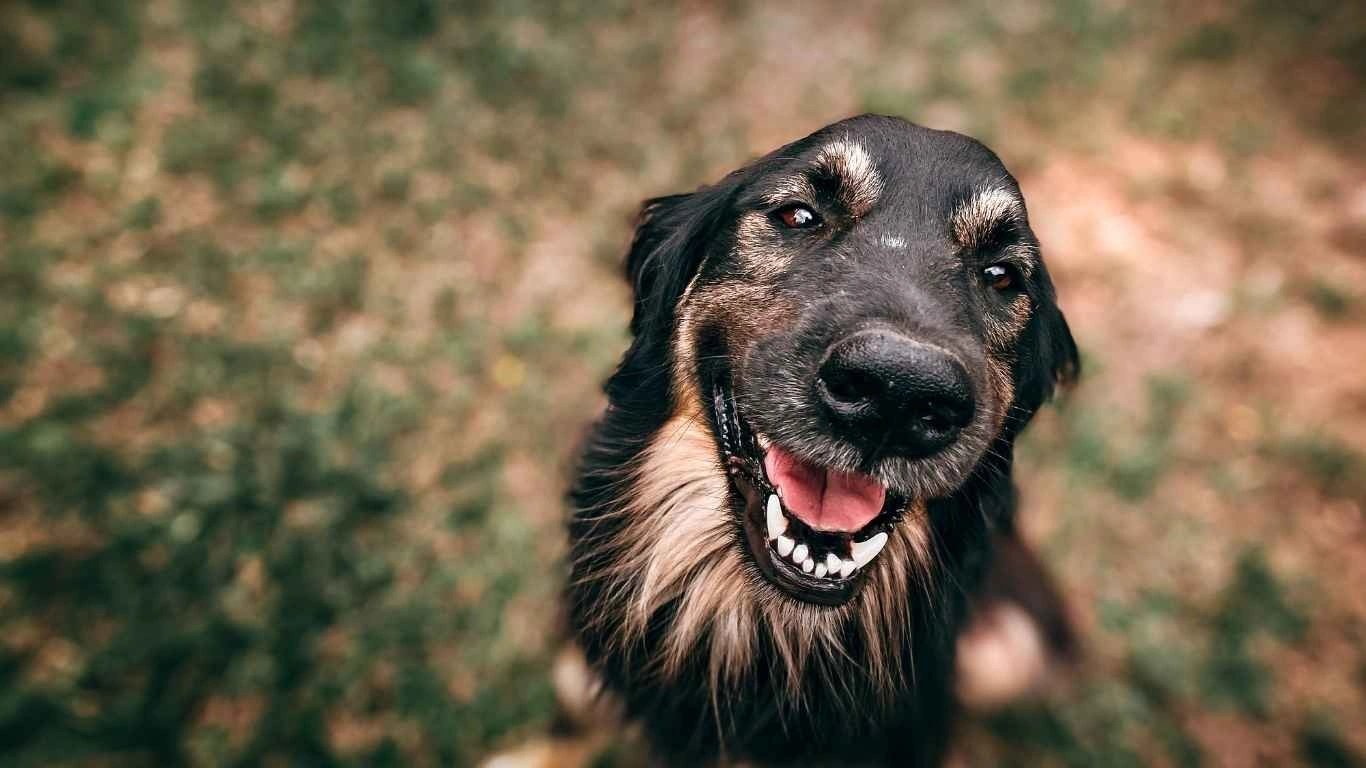
Not all peanut butters are created equal, and when choosing a peanut butter for your dog, there are a few important factors to keep in mind:
- Check the Ingredients: Always look for a peanut butter that contains only peanuts (and maybe a little salt). Avoid any brands that contain artificial sweeteners like xylitol, as well as preservatives or added sugar.
- Opt for Natural Peanut Butter: Natural peanut butters are typically the best option because they don’t contain any unnecessary additives. They also tend to be lower in sugar, which is better for your dog’s overall health.
- Go for Organic if Possible: If you’re concerned about pesticides or other chemicals, look for organic peanut butter options. These can provide a more wholesome choice for your pup.
At the end of the day, choosing the right peanut butter for your dog is all about reading labels and being mindful of what’s going into their body. Your dog’s health is important, so opt for high-quality, safe options that you can feel good about giving them as a treat.
Can Dogs Eat Peanut Butter in Other Forms?
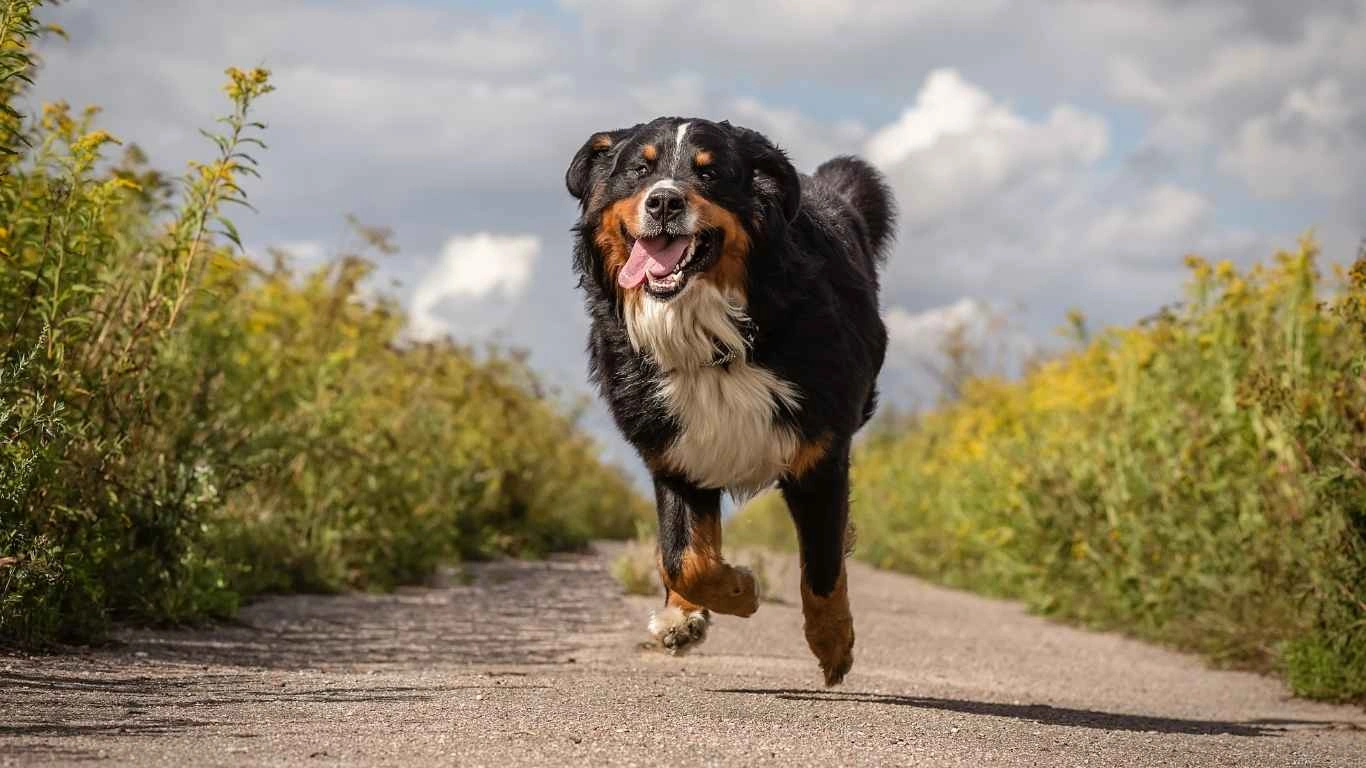
Now that we’ve covered the basics of peanut butter and its safety, you might be wondering if there are any other ways to incorporate it into your dog’s diet. While peanut butter is usually enjoyed straight from the jar, there are several creative ways to serve it to your dog! Whether you’re making dog-friendly treats at home or just looking for an easy way to spoil your pet, peanut butter can be a versatile ingredient in your dog’s snack routine.
Peanut Butter in Homemade Dog Treats
If you’re a DIY enthusiast, making homemade dog treats is a great way to control exactly what your dog is eating. Peanut butter is often a key ingredient in dog biscuit recipes because it’s delicious, easy to work with, and adds a lot of flavor. Not only will your dog love the taste, but you’ll also feel good knowing exactly what’s in the treats. Plus, making your own dog treats can be a fun and rewarding bonding activity!
One of the easiest ways to make dog treats with peanut butter is by combining it with whole wheat flour, a little bit of water, and maybe some oatmeal. You can even sneak in some pumpkin or sweet potato for added nutritional benefits. If you’re feeling extra creative, why not freeze the mixture into little bone-shaped molds? Your dog will be wagging their tail in no time!
Peanut Butter in Kong Toys or Puzzle Feeders
Another way to serve peanut butter to your dog is by stuffing it into a Kong toy or other interactive feeder. This is especially helpful for dogs who love to chew or need an activity to keep them entertained. You can simply smear a small amount of peanut butter inside the toy and freeze it for a few hours for a longer-lasting treat. I’ve found that this works wonders for keeping dogs distracted and engaged, especially in busy shelter environments where they may be stressed or anxious.
- Pro tip: You can even add in some kibble or dog-safe fruits and veggies (like carrots) inside the Kong along with the peanut butter for a fun, layered treat!
- Pro tip #2: For dogs with allergies or sensitive stomachs, be sure to check that the peanut butter you’re using doesn’t contain any artificial sweeteners or excess sugar.
Is Peanut Butter Good for Training?
If you’ve been looking for a high-value treat to use in dog training, peanut butter might be your answer! Dogs tend to go absolutely crazy for peanut butter, making it an excellent reward during training sessions. It’s sticky, flavorful, and has a satisfying texture that makes it a great motivator. Whether you’re teaching your dog basic commands or more advanced tricks, a bit of peanut butter can help keep them engaged and focused on the task at hand.
During my time working with shelter dogs, I’ve found that using peanut butter as a high-reward treat can speed up the training process—especially with dogs who might not have been exposed to positive reinforcement training before. It’s a simple yet effective way to help dogs learn new behaviors, from sit and stay to more complicated commands.
Are There Any Alternatives to Peanut Butter for Dogs?
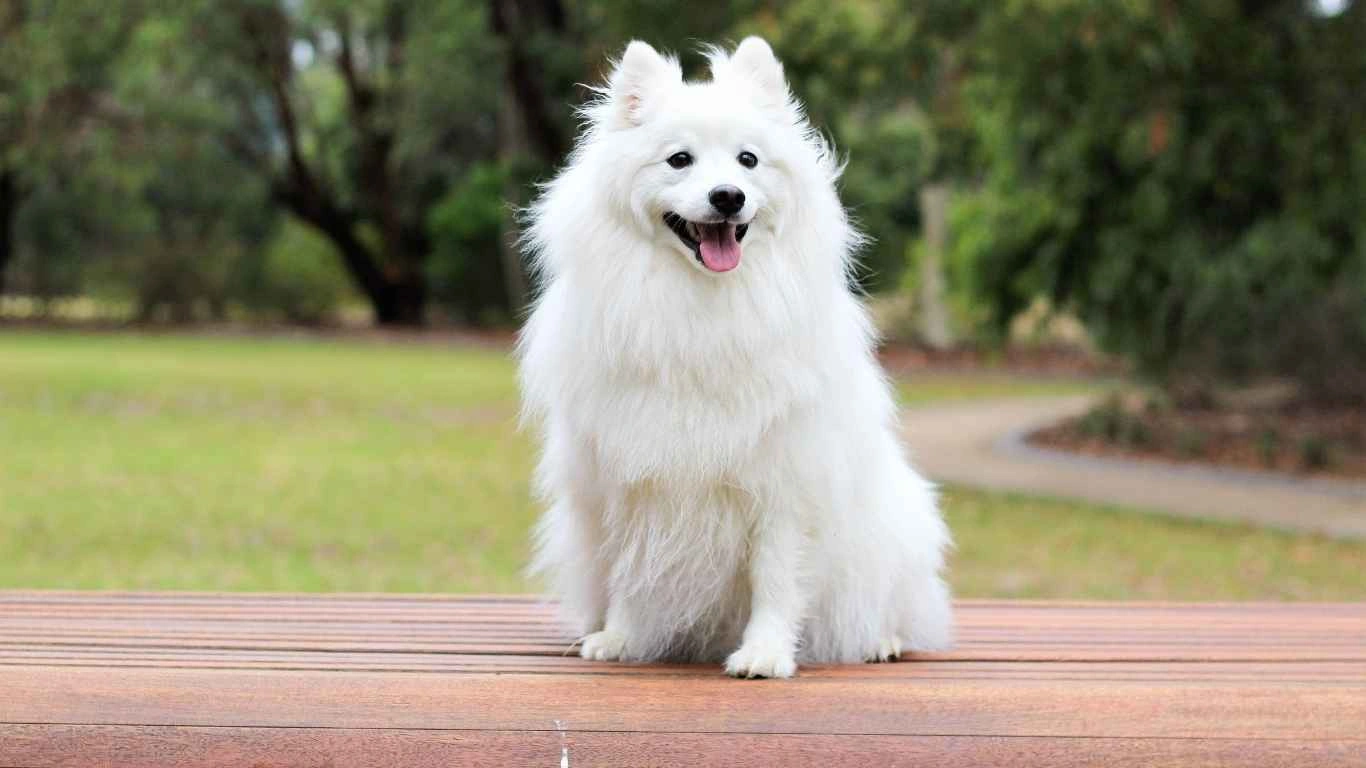
While peanut butter can be a great treat for many dogs, it’s always good to have some alternatives in your back pocket, especially for dogs who might have allergies or sensitivities. Fortunately, there are several other nut butters and spreads that can offer similar benefits without any of the risks that come with peanut butter.
Almond Butter
If your dog has a peanut allergy, almond butter can be a suitable alternative. Like peanut butter, almond butter is packed with healthy fats and protein. Just like with peanut butter, you’ll want to choose an almond butter with minimal ingredients—ideally just almonds and a little salt. Avoid any varieties that contain added sugar or artificial sweeteners. Some dogs may even prefer the taste of almond butter over peanut butter, so it’s worth giving it a try if you want to mix things up.
Cashew Butter
Cashew butter is another potential peanut butter substitute, though it’s a bit lower in protein and fats compared to peanut butter or almond butter. However, it can still make a delicious treat for your dog in moderation. Again, make sure you pick a brand that doesn’t contain added sugar or unhealthy additives. Cashew butter is a great option for dogs who are less likely to have nut allergies, and the creamy texture makes it easy to spread inside toys or onto dog treats.
Sunflower Seed Butter
If you’re looking for a completely nut-free alternative, sunflower seed butter is a great option! It’s a good source of healthy fats, protein, and vitamins, and is generally safe for most dogs. I’ve personally found sunflower seed butter to be a lifesaver for dogs with allergies to nuts. It’s also a fantastic choice for dogs who need something a little lighter than peanut butter.
- Important: Always check that sunflower seed butter doesn’t contain added sweeteners or preservatives. You want to make sure you’re giving your dog the healthiest option available!
Other Fruits and Veggies for Dogs
If you’re looking to add some variety to your dog’s snack game, there are plenty of other fruits and veggies that are safe and healthy for dogs to enjoy. For example, dogs love treats like carrots, apple slices (with no seeds), blueberries, or bananas. These treats are low in calories and offer a wide range of health benefits, from promoting digestion to boosting immune function. They also give your dog some variety in their diet, so they’re not eating the same old thing every day!
In my experience, it’s always great to mix things up with a variety of healthy snacks—this keeps dogs from getting bored with their food and ensures they’re getting a broad spectrum of nutrients. Just be sure to avoid giving your dog anything that could be toxic to them, like grapes, raisins, or onions.
Final Thoughts on Peanut Butter for Dogs
So, can dogs eat peanut butter safely? The answer is a resounding yes—*as long as it’s done in moderation* and with the right precautions. Peanut butter can be a fun and nutritious treat for your dog, but like all treats, it should be given as part of a balanced diet. By sticking to natural peanut butters without harmful additives and watching portion sizes, you can safely enjoy peanut butter time with your furry friend. Whether it’s used for training, as a toy filler, or in homemade dog treats, peanut butter can be a great addition to your dog’s snack routine.
What to Do If Your Dog Eats Too Much Peanut Butter
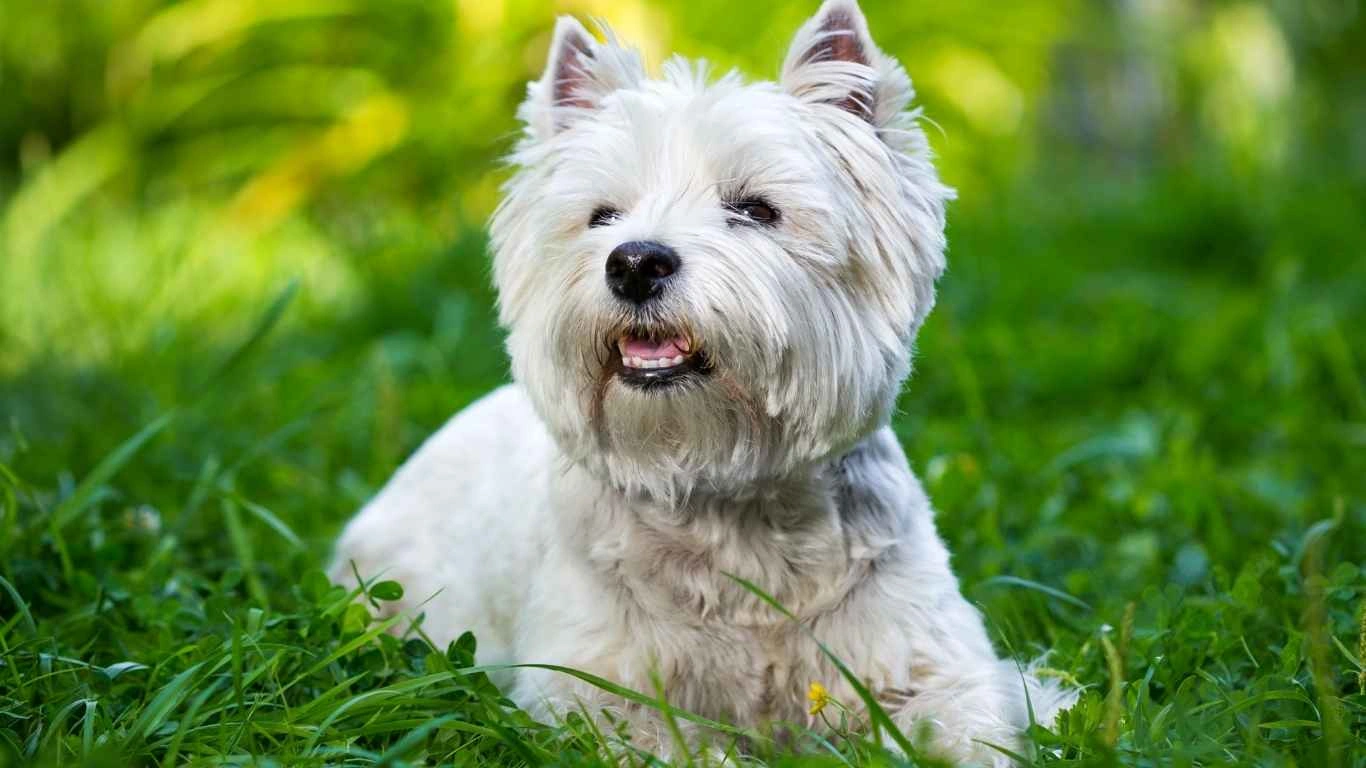
So, let’s say you accidentally gave your dog a little too much peanut butter. It happens! Sometimes we get carried away with how much our furry friends love the stuff, and suddenly, they’ve had a bit more than what’s healthy. What do you do next? Don’t panic—here’s what you should know:
Monitor for Symptoms
After your dog enjoys some peanut butter, it’s important to monitor them for any signs of discomfort. As I’ve mentioned earlier, the main concern with peanut butter is its calorie density, but there can also be some tummy upset if too much is consumed. Some signs to watch for include:
- Diarrhea: Too much peanut butter can upset your dog’s digestive system, causing loose stools or diarrhea.
- Vomiting: In some cases, a dog’s stomach may be sensitive to high-fat foods like peanut butter, resulting in vomiting.
- Excessive Thirst: If your dog’s tummy isn’t agreeing with the peanut butter, they might drink more water than usual.
- Signs of Weight Gain: If you’ve been feeding your dog a bit too much peanut butter, it could lead to some extra weight gain over time, especially if their diet isn’t adjusted accordingly.
If you notice any of these symptoms after your dog has had peanut butter, it’s best to contact your vet for advice, especially if the symptoms persist. In many cases, a bit of peanut butter won’t cause any major issues, but it’s always better to be safe than sorry, especially when it comes to your pet’s health.
What to Do if Your Dog Ate Peanut Butter with Xylitol
If you realize your dog has eaten peanut butter containing xylitol (the artificial sweetener), that’s a different story. As I’ve mentioned earlier, xylitol is toxic to dogs and can cause severe health problems, even in small amounts. If this happens, you need to act quickly:
- Contact Your Veterinarian Immediately: If your dog consumes xylitol, it’s crucial to seek veterinary care right away. The sooner treatment begins, the better the outcome is likely to be.
- Be Prepared to Provide Information: When you call the vet, be sure to provide as much detail as possible, including how much peanut butter your dog ate and whether it contained xylitol. This helps the vet determine the best course of action.
Early intervention can save your dog’s life, so always be cautious when offering peanut butter. As an Animal Care Specialist, I’ve seen the consequences of not catching these things early, and it’s a sobering reminder of how important it is to pay attention to labels and ingredients.
Are There Any Health Benefits of Peanut Butter for Dogs?

Yes, peanut butter does have some potential health benefits for your dog, especially when given in moderation. Here are a few of the reasons why this tasty treat might be a good choice for your furry friend:
Promotes Healthy Skin and Coat
Peanut butter contains a healthy balance of fats, including omega-3 and omega-6 fatty acids, which can help promote healthy skin and a shiny coat. In fact, many commercial dog foods and supplements designed to support skin and coat health contain these very same fats. If your dog has dry, flaky skin or seems to be shedding excessively, adding a little peanut butter to their diet (in moderation) could help improve their skin condition and coat texture over time.
Supports Joint Health
Peanut butter also contains magnesium, which plays a key role in muscle and joint health. If you have an older dog, or a breed that’s prone to joint issues like hip dysplasia, magnesium can help support muscle function and reduce stiffness. When combined with other joint-supporting ingredients like glucosamine, peanut butter can be a beneficial addition to your dog’s diet, especially when they’re active or aging.
Great for Dental Health (When Used in Certain Ways)
Peanut butter can actually help your dog’s dental health when used in specific ways. As it’s sticky, it can encourage your dog to chew, which in turn promotes better oral hygiene. This is why peanut butter-filled chew toys or Kong toys can help scrape away plaque and tartar as your dog gnaws on them. While it’s not a replacement for brushing your dog’s teeth, it can serve as a fun addition to their dental care routine. Just be sure to clean their teeth regularly to prevent dental disease!
Helps with Training and Positive Reinforcement
Peanut butter is a great motivator for training. As a trainer, I’ve used peanut butter as a high-reward treat to encourage dogs to focus on their training sessions. Whether it’s learning to sit, stay, or even do something more complex, peanut butter can make training a more positive experience. The best part is that it’s easy to break down into small pieces and can be used with other training tools to keep your dog motivated.
References and Resources for Dog Nutrition and Safety
For more information on dog nutrition and the safety of various foods for your pet, you can check out some trusted resources. These sites offer expert advice on dog care, including feeding tips and safe treat options:
Disclaimer
While I’ve worked closely with dogs in a variety of settings—whether in shelters, clinics, or through personal pet care—I’m not a veterinarian. The information shared here is based on my own experiences and general knowledge of pet care. Always consult with your veterinarian for the most accurate and personalized advice regarding your dog’s diet and health. Every dog is unique, and what works for one may not work for another.
As always, when in doubt, reach out to your trusted vet for any questions or concerns about your pet’s diet or overall health. The safety and well-being of your dog should always come first, and your veterinarian is the best resource when it comes to making informed decisions about their nutrition.

